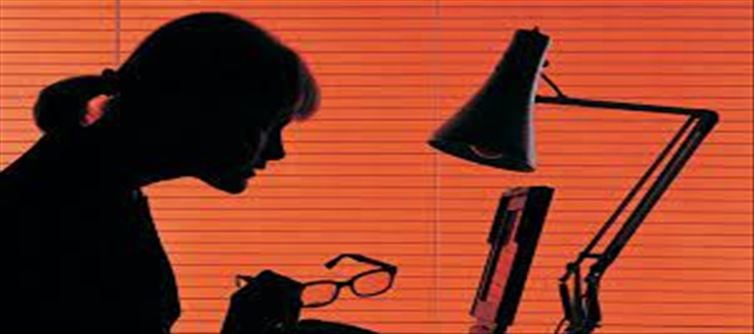
The belief that reading in dim light can harm your eyesight is a common myth, often shared as a cautionary tale to preserve one's vision. While it is true that reading in poor lighting conditions can lead to temporary discomfort and visual strain, there is no scientific basis to support the idea that it causes permanent eye damage.
.jpeg)
Reading in dim light may result in immediate issues, such as eye strain, headaches, and tiredness, commonly associated with a condition known as "computer vision syndrome" or "digital eye strain." These problems occur because the eyes must exert extra effort to focus and adapt to low light, causing various discomforting symptoms. However, these difficulties are typically short-lived and do not lead to lasting harm.
The human eye possesses a remarkable capacity to adjust to different lighting environments, thanks to its automatic adaptation mechanism. Pupils can expand in low light to permit more light to enter and contract in bright light to safeguard the retina. Although reading in dim light may be uncomfortable, it does not impede the eye's natural ability to acclimate to varying light levels.
While reading in low light does not inflict permanent harm on your eyes, it is still vital to ensure proper lighting conditions to prevent eye strain and discomfort. Adequate lighting enhances the reading experience and reduces the risk of fatigue. If you frequently find yourself in poorly lit settings, employing a reading light or increasing the ambient illumination can make reading more pleasant and decrease the likelihood of temporary eye strain.




 click and follow Indiaherald WhatsApp channel
click and follow Indiaherald WhatsApp channel